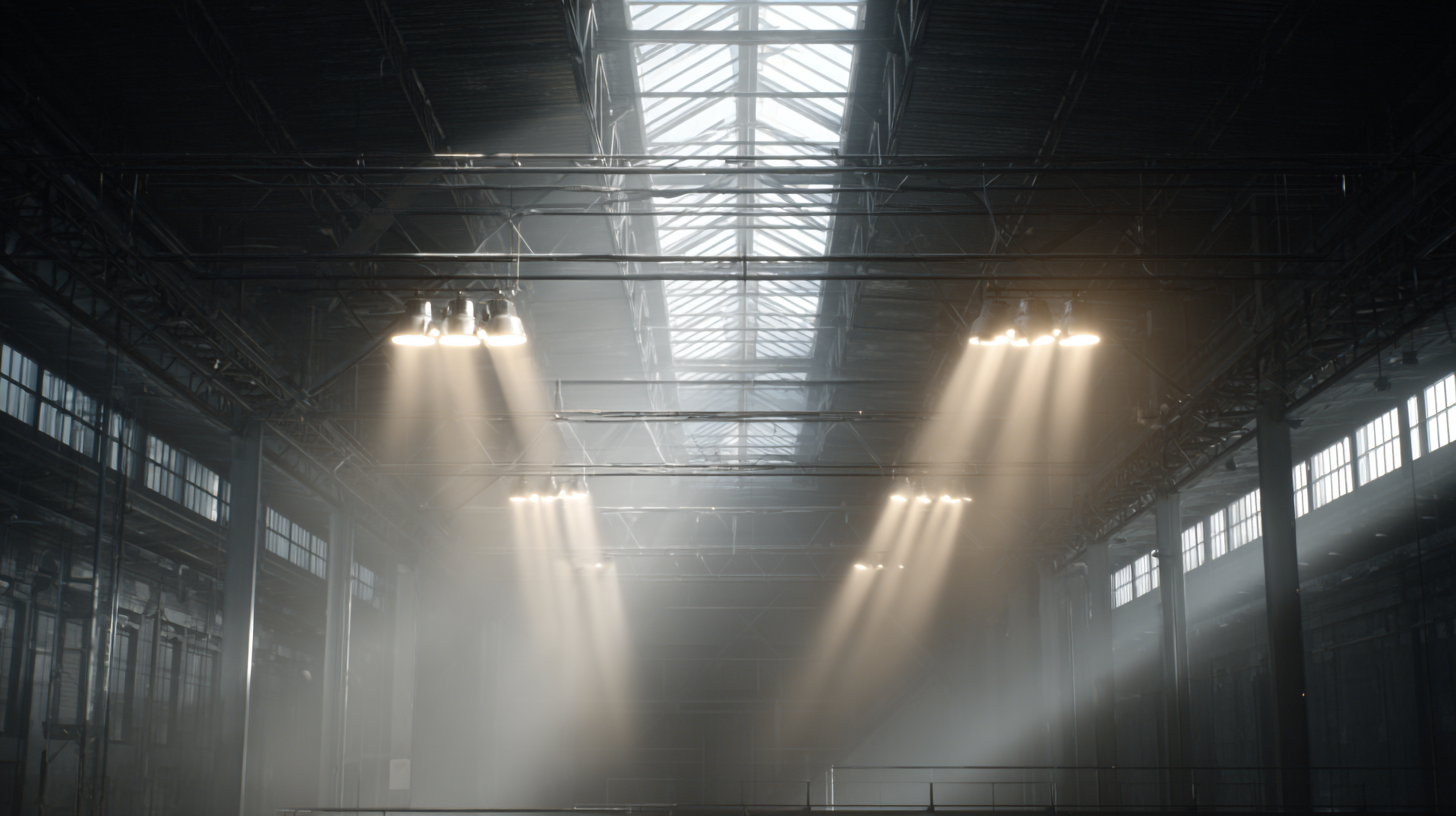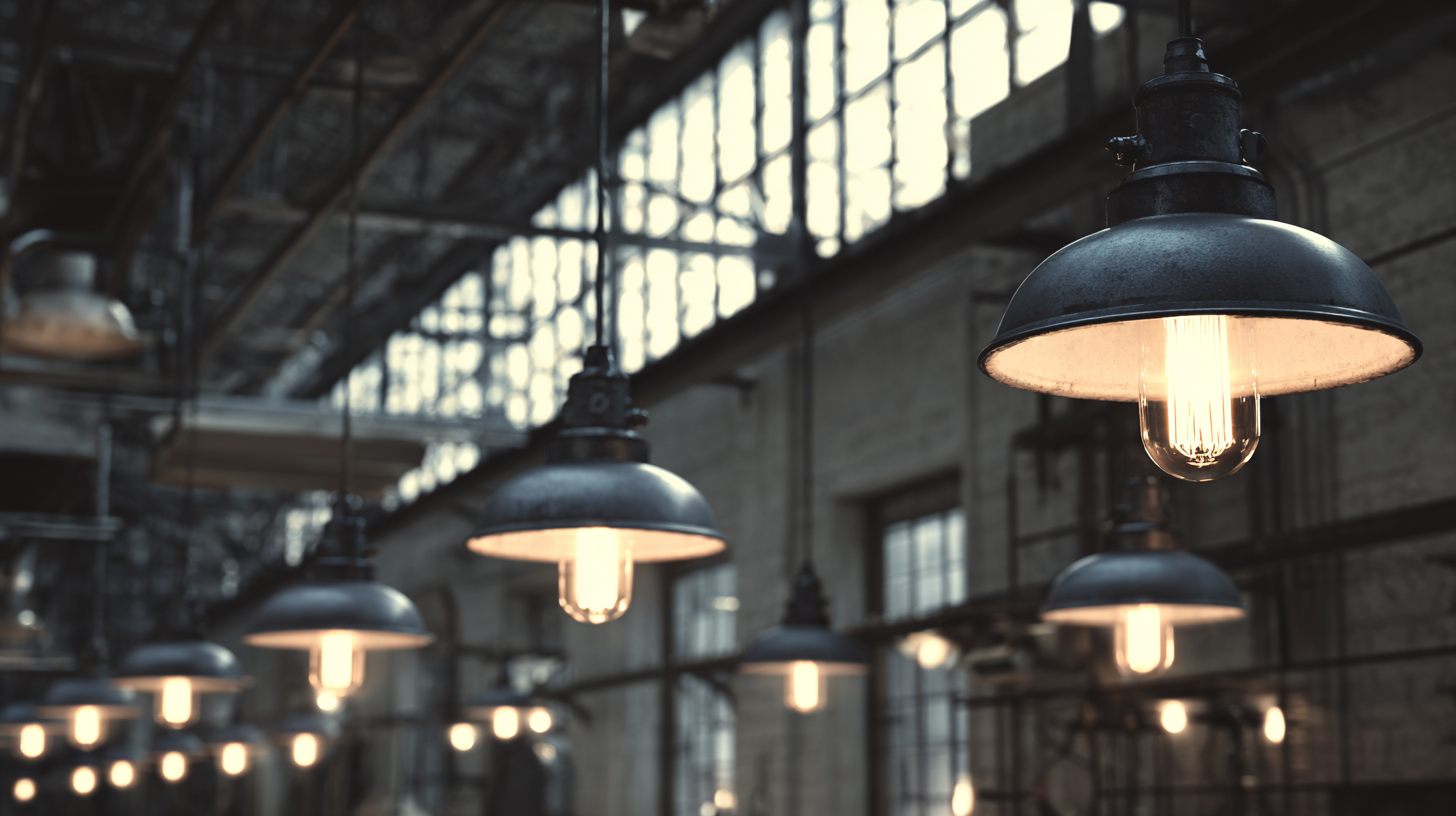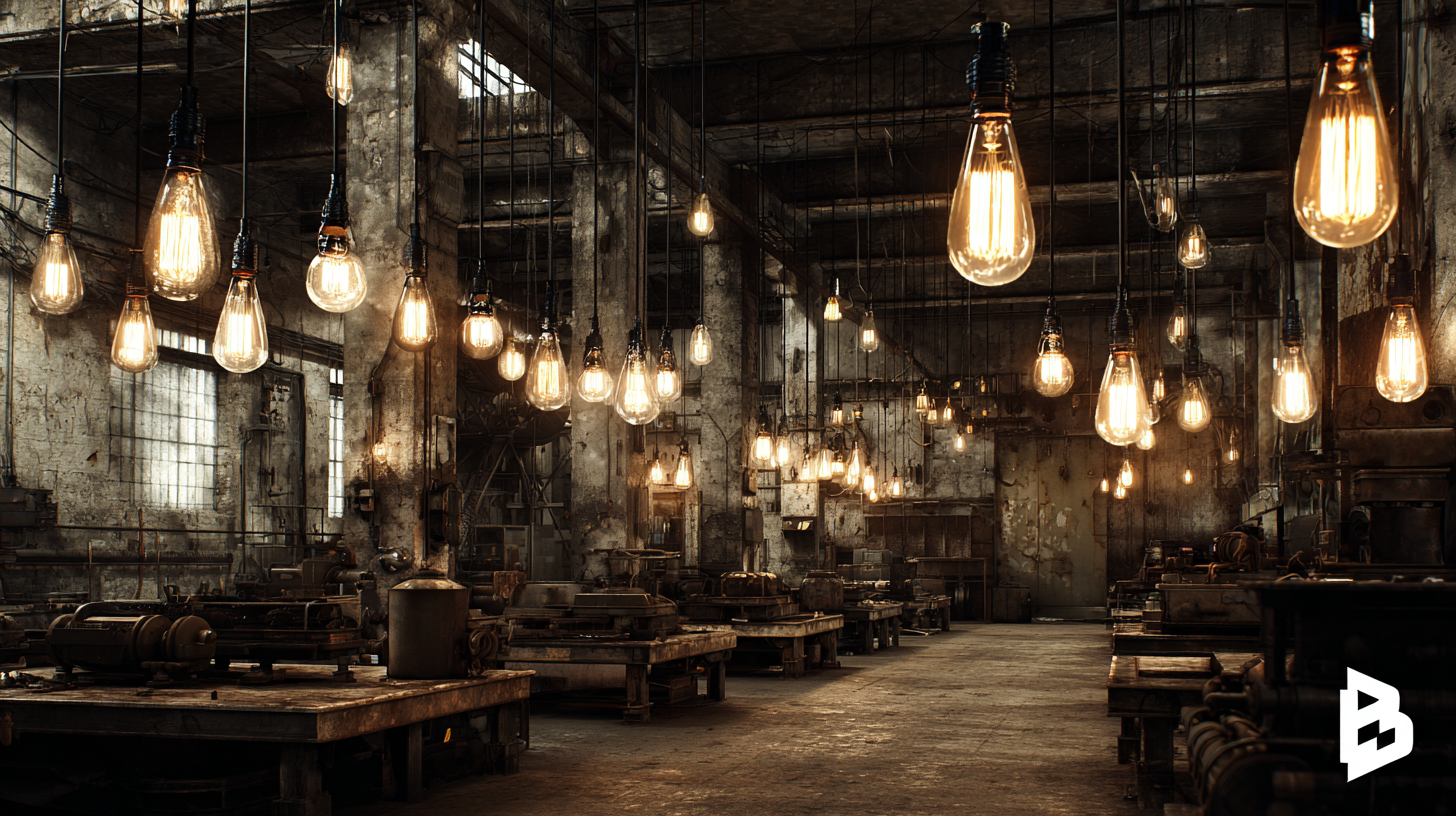7 Essential Tips for Choosing the Best Industrial Lighting Solutions
When it comes to optimizing productivity and safety in any industrial environment, the importance of proper Industrial Lighting cannot be overstated. The right lighting solutions not only enhance visibility but also significantly contribute to the overall efficiency of operations. However, with countless options available in the market, selecting the best industrial lighting can be a daunting task.

This ultimate guide will provide you with seven essential tips that will help you navigate the complexities of choosing the right lighting for your facility. From understanding the different types of lighting technologies to considering factors such as energy efficiency and maintenance, our comprehensive insights will equip you with the knowledge needed to make informed decisions. Whether you’re upgrading your current setup or starting from scratch, these tips will ensure that your industrial space is both well-lit and conducive to productivity.
Understanding Different Types of Industrial Lighting Solutions
When it comes to selecting the right industrial lighting solutions, understanding the different types available is crucial. Industrial lighting can generally be categorized into several sources, including fluorescent lights, LEDs, and incandescent bulbs. Each type comes with its own advantages and optimal applications. For instance, LED lighting is often favored for its energy efficiency and long lifespan, making it ideal for facilities looking to reduce operational costs while increasing productivity. On the other hand, fluorescent lights provide a broad spectrum of illumination that's beneficial for large workspaces, yet they may have a shorter lifespan compared to their LED counterparts.

Moreover, the choice of power systems is another critical factor in industrial lighting solutions. Independent power systems are gaining popularity, allowing for flexibility in installation and reducing dependency on the grid. As industries evolve, the need for reliable emergency lighting also arises. This segment of the market is expanding, driven by innovations in battery technology such as lithium, nickel-cadmium, and lead-acid batteries. By understanding these various lighting types and their respective applications, businesses can make informed decisions that enhance safety, efficiency, and overall effectiveness in their work environments.
Key Factors to Consider for Optimal Industrial Lighting Selection
When selecting optimal industrial lighting solutions, several key factors should be carefully evaluated to ensure efficiency and safety. One critical aspect is the color temperature of the lighting. According to the U.S. Department of Energy, a color temperature of 4000K to 5000K is ideal for industrial environments, as it mimics daylight and enhances visibility for workers. This can lead to a significant reduction in workplace accidents, as studies indicate that proper lighting can lower the risk of injuries by up to 20%.

Another important consideration is energy efficiency, particularly as industries strive to meet sustainability goals. The Illuminating Engineering Society reports that LED lighting can consume up to 75% less energy compared to traditional incandescent bulbs, thereby not only reducing operational costs but also minimizing the environmental impact. Furthermore, the lifespan of LED lights, which averages around 25,000 hours, decreases maintenance frequency and adds to overall operational efficiency. Opting for lighting solutions that integrate advanced technologies, such as smart controls and sensors, can further enhance energy savings and provide dynamic lighting adjustments based on actual usage and natural light availability.
Evaluating Energy Efficiency in Industrial Lighting Options
When selecting industrial lighting solutions, evaluating energy efficiency is critical not only for reducing operational costs but also for minimizing environmental impact. Energy-efficient lighting options, such as LED fixtures, consume significantly less power compared to traditional incandescent or fluorescent bulbs. This reduced energy consumption translates to lower electricity bills and a smaller carbon footprint, making them an attractive choice for industries looking to enhance their sustainability efforts.
In addition to lower energy costs, energy-efficient lighting often comes with longer lifespans, which means reduced frequency of replacements and maintenance. This longevity further contributes to cost savings while also minimizing downtime during replacement projects. When choosing lighting solutions, it's crucial to consider the specific energy ratings, such as lumens per watt, and to look for options that provide the right brightness and quality of light for the workspace. By prioritizing energy efficiency, industrial facilities can achieve not only financial benefits but also create a more productive and environmentally friendly work environment.
Energy Efficiency in Industrial Lighting Solutions
Comparing LED vs. Traditional Lighting for Industrial Use
When it comes to industrial lighting, the choice between LED and traditional lighting sources can significantly impact both productivity and operational costs. LED lighting has gained substantial popularity due to its energy efficiency and longer lifespan. Unlike traditional incandescent or fluorescent lights, LEDs consume less power and can last up to 25 times longer, resulting in reduced maintenance and replacement costs. This not only makes LEDs a more sustainable option, but it also contributes to lower energy bills, allowing businesses to allocate resources more efficiently.
However, traditional lighting still holds its ground in certain applications. For instance, some industries may prefer the warmer light produced by incandescent bulbs for specific tasks or aesthetic reasons. Additionally, fluorescent lights can be more affordable upfront compared to LEDs, making them appealing for businesses with tight budgets. Ultimately, the choice between LED and traditional lighting solutions should be guided by specific operational needs, environmental considerations, and long-term cost predictions. Balancing these factors can help industrial operations optimize their lighting strategy for enhanced performance and efficiency.
7 Essential Tips for Choosing the Best Industrial Lighting Solutions
| Dimension | LED Lighting | Traditional Lighting |
|---|---|---|
| Lifespan | 25,000 - 50,000 hours | 1,000 - 15,000 hours |
| Energy Efficiency | Up to 90% more efficient | Less than 50% efficient |
| Maintenance Costs | Low | High |
| Environmental Impact | Eco-friendly (no mercury) | Contains harmful substances |
| Instant On/Off | Yes | No (requires warm-up time) |
| Color Temperature | Variety (2000K - 6500K) | Limited options (typically 2700K - 4000K) |
| Cost | Higher initial cost, lower long-term cost | Lower initial cost, higher long-term cost |
Implementing Smart Lighting Systems for Enhanced Industrial Safety
Implementing smart lighting systems in industrial settings is crucial for enhancing safety and efficiency. These advanced lighting solutions are designed to adapt to the dynamic demands of the workplace, ensuring that areas remain well-lit while minimizing energy consumption. By utilizing sensors that detect occupancy and ambient light levels, smart lighting can automatically adjust brightness, providing optimal visibility only when needed. This not only reduces energy costs but also prolongs the lifespan of lighting fixtures.
Moreover, smart lighting systems can be integrated with other safety measures to create a comprehensive industrial safety protocol. For instance, systems equipped with emergency lighting can activate during power failures, guiding workers to safety exits. Additionally, the ability to set up alerts for certain conditions—like flickering lights or inadequate illumination—enhances response times to potential hazards. By prioritizing the implementation of smart lighting solutions, industries can foster a safer working environment, reducing the risk of accidents and ensuring that employees remain focused and productive.
Quality Commercial LED Lighting specializing in LED Tubes, LED Bulbs, LED Troffers, LED Door Kits, LED Retrofit Kits, LED Panels, LED Spot Lights, LED Wall Packs, LED Lamps, LED Drivers, LED Accessories, LED Lights, LED Sales, and LED Manufacturing. Headquartered in Atlanta, Georgia, USA.
